Effects of Substellar Companions on Stellar Evolution
Funded by NSF AST #1812874
 Planets and brown dwarfs in close orbits around main sequence stars will interact with their stellar hosts once they ascend the red giant branch. The details of these interactions and their outcomes are currently unclear. Recent discoveries of brown dwarfs orbiting post-red giant branch "hot subdwarf" stars imply that at least some substellar objects are not only sufficient for ejecting the outer layers of a red giant’s atmosphere, they can also survive the engulfment phase. More than 100 new eclipsing hot subdwarf binaries with cool, low-mass companions have been uncovered in recent years from large surveys like OGLE, ATLAS, and the Evryscope, increasing the number of known systems by a factor of nearly ten! Dr. Veronika Schaffenroth (PI; U. of Potsdam) and I started the EREBOS project several years ago to obtain spectroscopic observations of these short-period binaries in order to determine their orbital velocities and, ultimately, the companion masses. This collaboration now consists of more than a dozen astronomers from all around the world. We will use our unique and homogeneously-selected sample of binaries to derive the mass distribution of the companions and determine the minimum mass needed to strip off the red-giant envelope and survive the common envelope phase. Several HPU undergraduates have been involved in this work by collecting observations with SOAR/Goodman, writing observing proposals, and analyzing systems. We have also initiated an outreach program tied to this NSF-funded research, called "Learning Astronomy through Service and Research" (LASeR). In Fall 2020, we taught a service learning section of our introductory astronomy course (PHY 1050), during which undergraduates learned how to use the robotic Skynet telescopes. They paired up with local middle and high school teachers and help their classes carry out short observing projects with Skynet using integration time purchased by our grant.
Planets and brown dwarfs in close orbits around main sequence stars will interact with their stellar hosts once they ascend the red giant branch. The details of these interactions and their outcomes are currently unclear. Recent discoveries of brown dwarfs orbiting post-red giant branch "hot subdwarf" stars imply that at least some substellar objects are not only sufficient for ejecting the outer layers of a red giant’s atmosphere, they can also survive the engulfment phase. More than 100 new eclipsing hot subdwarf binaries with cool, low-mass companions have been uncovered in recent years from large surveys like OGLE, ATLAS, and the Evryscope, increasing the number of known systems by a factor of nearly ten! Dr. Veronika Schaffenroth (PI; U. of Potsdam) and I started the EREBOS project several years ago to obtain spectroscopic observations of these short-period binaries in order to determine their orbital velocities and, ultimately, the companion masses. This collaboration now consists of more than a dozen astronomers from all around the world. We will use our unique and homogeneously-selected sample of binaries to derive the mass distribution of the companions and determine the minimum mass needed to strip off the red-giant envelope and survive the common envelope phase. Several HPU undergraduates have been involved in this work by collecting observations with SOAR/Goodman, writing observing proposals, and analyzing systems. We have also initiated an outreach program tied to this NSF-funded research, called "Learning Astronomy through Service and Research" (LASeR). In Fall 2020, we taught a service learning section of our introductory astronomy course (PHY 1050), during which undergraduates learned how to use the robotic Skynet telescopes. They paired up with local middle and high school teachers and help their classes carry out short observing projects with Skynet using integration time purchased by our grant.
Relevant Works
- Corcoran, K.A., Barlow, B.N., Schaffenroth, V., Heber, U., Walser, S., Irrgang, A., 2021, ApJ, 918, 28.
- Ratzloff, J.K., Barlow, B.N., Nemeth, P., Corbett, H.T., Walser, S.*, et al., 2020, ApJ, 890, 126.
- Schaffenroth, Barlow, Geier, Vuckovic, et al. 2019, A&A, 630, A80.
- Schaffenroth, Barlow, Geier, Vuckvovic, et al., 2017, OA, 26, 208
- Catalan-Hurtado, Barlow, and the EREBOS Team, 2016, AAS Meeting #227 Abstracts, 345..14
- Barlow, Catalan-Hurtado, Schaffenroth, and the EREBOS team, 2016, AAS Meeting #227 Abstracts, 404.04
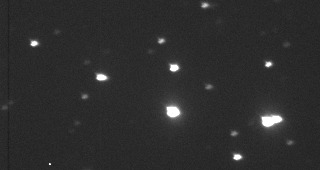 The first totally-eclipsing HW Vir found, which was discovered by Kyle Corcoran and Stephen Walser.
The first totally-eclipsing HW Vir found, which was discovered by Kyle Corcoran and Stephen Walser.
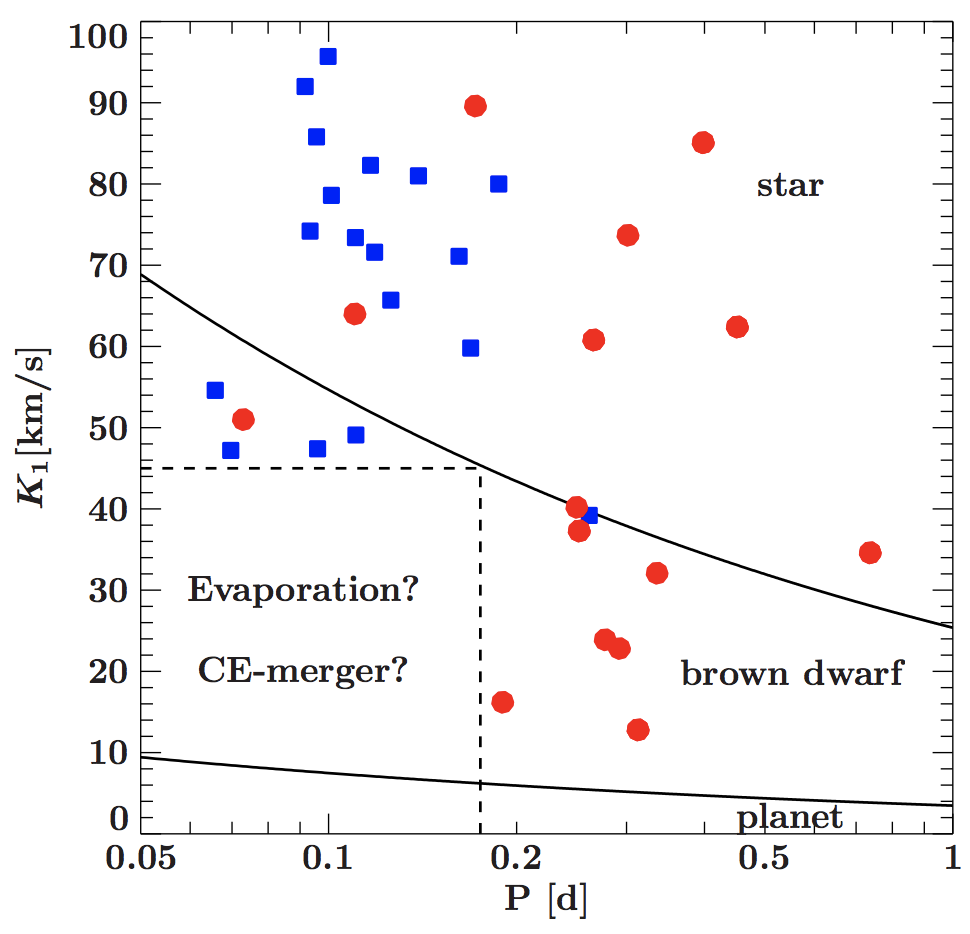 RV semi-amplitudes of known sdB binaries with red/brown dwarf companions (blue = eclipsing; red = not) plotted against their periods. No systems are seen in the bottom-left, as their companions probably merged with the primary or evaporated. From Schaffenroth et al. 2018.
RV semi-amplitudes of known sdB binaries with red/brown dwarf companions (blue = eclipsing; red = not) plotted against their periods. No systems are seen in the bottom-left, as their companions probably merged with the primary or evaporated. From Schaffenroth et al. 2018.
SN Ia Progenitors and Gravitational Wave Sources
Relevant Works
- Pelisoli, I., Geier, S., Kupfer, T., Heber, U., Irrgang, A., Schneider, D., Bastian, A., van Roestel, J., Schaffenroth, V., Barlow, B.N., 2021, Nature Astronomy, 5
- Ratzloff, J., Kupfer, T., Barlow, B.N., Schneider, D., Marsh, T., Heber, U., et al., 2020, ApJ, 902, 92.
- Ratzloff, Barlow, Kupfer, Corcoran, et al., 2019, ApJ, 883, 51
- S. Geier, T. R. Marsh, B. Wang, B.H. Dunlap, B.N. Barlow, et al. 2013, A&A, 554, 54.
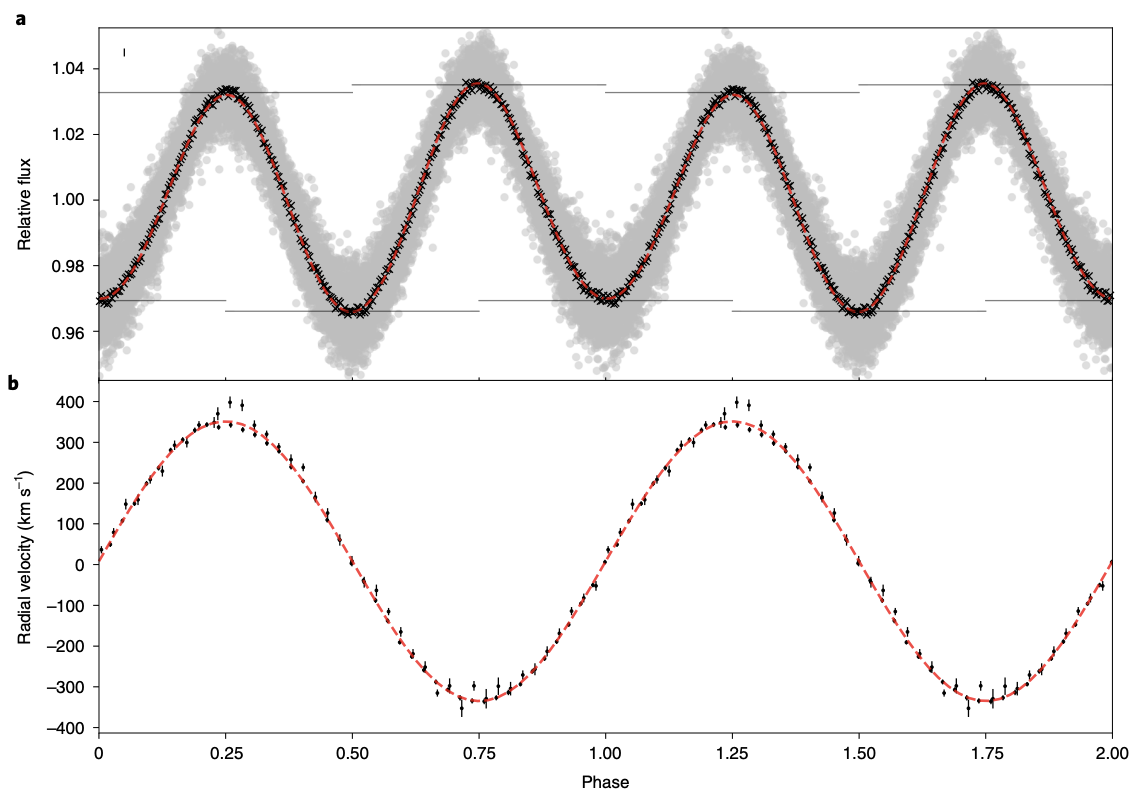 Light and radial velocity curves of the hot subdwarf + white dwarf binary HD 265435, a super-Chandrasekhar SN Ia progenitor. From Pelisoli et al. (2021).
Light and radial velocity curves of the hot subdwarf + white dwarf binary HD 265435, a super-Chandrasekhar SN Ia progenitor. From Pelisoli et al. (2021).
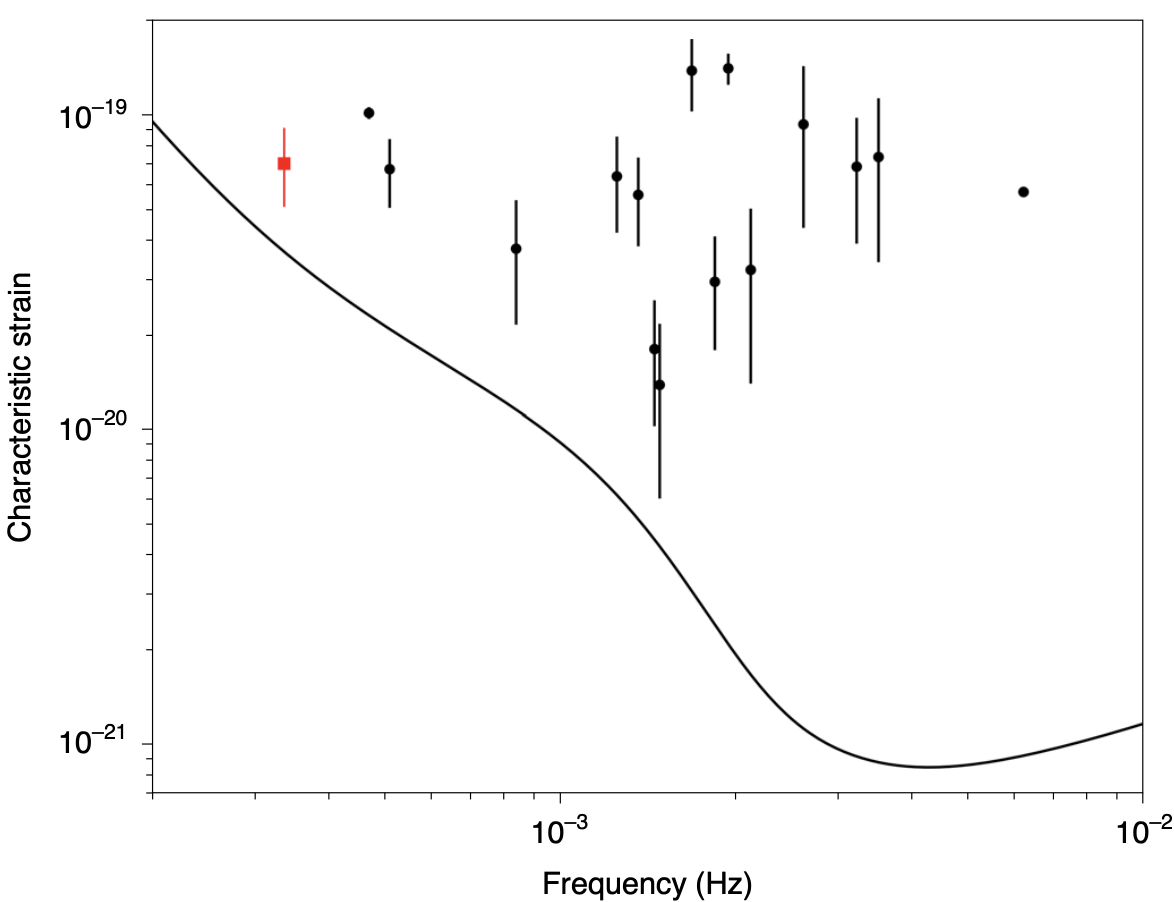 Known verification binaries for LISA (black points), including HD 265435 (red point). From Pelisoli et al. (2021).
Known verification binaries for LISA (black points), including HD 265435 (red point). From Pelisoli et al. (2021).
TESS Observations of Compact Hot Subdwarf Binaries
Funded by NASA TESS GI Program Grants 80NSSC19K1720 & 80NSSC21K0364
 In 2019 & 2020 we submitted NASA/TESS Guest Investigator (GI) proposals to obtain Cycles 2, 3, & 4 photometry of known and candidate variable hot subdwarf B (sdB) stars, with an emphasis on eclipsing systems with low-mass companions. From an analysis of the Gaia DR2 flux errors, we identified a large number of sdB stars with inflated flux errors for their magnitudes, strongly indicative of variability (see next section below). Follow-up TESS observations of these systems over Sectors 14-55 has and will continue to lead to the discovery of new eclipsing sdB+dM binaries (HW Vir systems), non-eclipsing reflection effect sdB+dM binaries, ellipsoidally-modulated sdB+WD systems, and other types of variables. In addition to this discovery work, we also requested TESS light curves of all known variable hot subdwarf binaries in order to improve modeling of their parameters, and to constrain their masses and eccentricities from Roemer delay measurements. For the past year, our group has been analyzing light curves as they become available. As expected, we are indeed discovering several new and interesting systems!
In 2019 & 2020 we submitted NASA/TESS Guest Investigator (GI) proposals to obtain Cycles 2, 3, & 4 photometry of known and candidate variable hot subdwarf B (sdB) stars, with an emphasis on eclipsing systems with low-mass companions. From an analysis of the Gaia DR2 flux errors, we identified a large number of sdB stars with inflated flux errors for their magnitudes, strongly indicative of variability (see next section below). Follow-up TESS observations of these systems over Sectors 14-55 has and will continue to lead to the discovery of new eclipsing sdB+dM binaries (HW Vir systems), non-eclipsing reflection effect sdB+dM binaries, ellipsoidally-modulated sdB+WD systems, and other types of variables. In addition to this discovery work, we also requested TESS light curves of all known variable hot subdwarf binaries in order to improve modeling of their parameters, and to constrain their masses and eccentricities from Roemer delay measurements. For the past year, our group has been analyzing light curves as they become available. As expected, we are indeed discovering several new and interesting systems!
Relevant Works
- Smith, B.A., Barlow, B.N., Rosenthal, B., Hermes, J.J., Schaffenroth, V. 2022, Astrophysical Journal, 939, 57.
- Barlow, B.N., Corcoran, K.A., Parker, I., Kupfer, T., Nemeth, P., Hermes, J.J., Lopez, I., Frondorf, W., Vestal, D., Holden, J. 2022, Astrophysical Journal, 928, 20.
- Van Grootel, V., Pozuelos, F.J., Thuillier, A., Charpinet, S., Delrez, L., Beck, M., Fortier, A., Hoyer, S., Sousa, S. G., Barlow, B. N., Billot, N., Dévora-Pajares, M., Østensen, R. H., and the CHEOPS team, 2021, A&A, 650, A205.
- Guidry, J.A., Hermes, J.J., Vanderbosch, Z.P., Barlow, B.N., et al., 2021, ApJ, 912, 125.
- Corcoran, K.A., Barlow, B.N., Hermes, J., Nemeth, P., Kupfer, T., Parker, I., Frondorf, W., Vestal, D., 2021, AAS Meeting Abstracts, 237, #5501.01
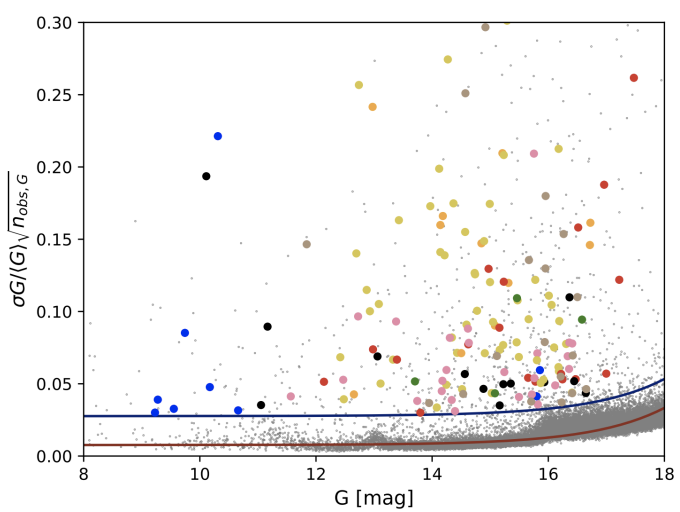 Normalized Gaia flux errors plotted against G magnitudes for all known hot subdwarf stars. Candidate variables show anomalously-high flux errors for their given magnitudes. From Barlow et al. (2022)
Normalized Gaia flux errors plotted against G magnitudes for all known hot subdwarf stars. Candidate variables show anomalously-high flux errors for their given magnitudes. From Barlow et al. (2022)
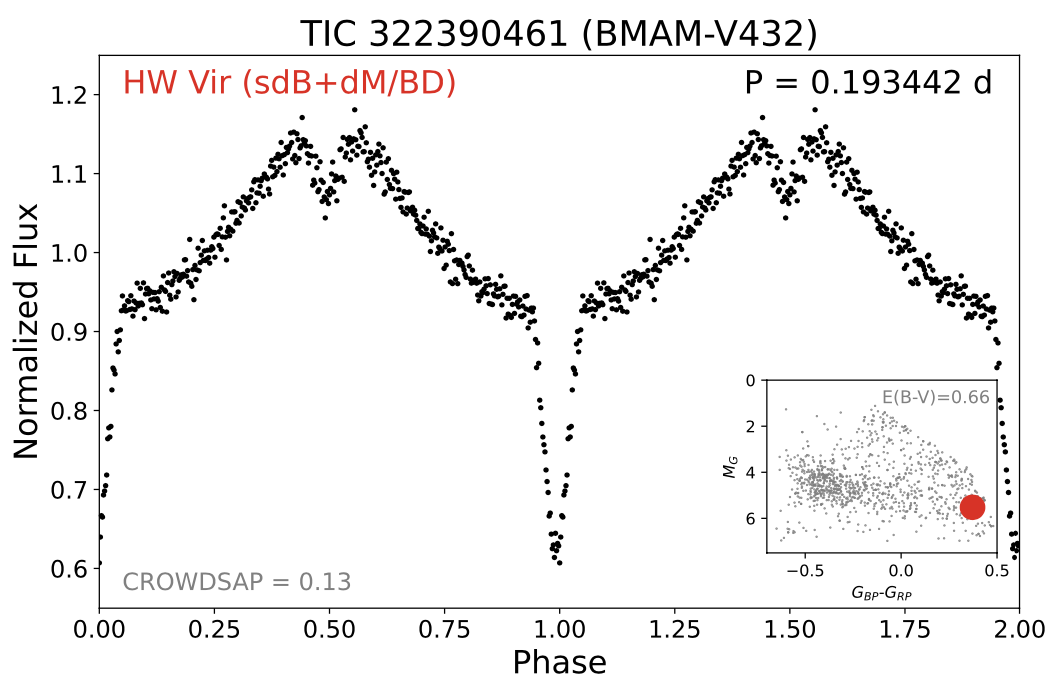 Folded TESS light curve of a new HW Vir binary discovered from the Gaia varindex method. From Barlow et al. (2022)
Folded TESS light curve of a new HW Vir binary discovered from the Gaia varindex method. From Barlow et al. (2022)
Evryscope Search for Compact Variables
Relevant Works
- Ratzloff, J., Kupfer, T., Barlow, B.N., Schneider, D., Marsh, T., Heber, U., et al., 2020, ApJ, 902, 92.
- Ratzloff, J., Barlow, B.N., Nemeth, P., Corbett, H.T., Walser, S.*, et al., 2020, ApJ, 890, 126.
- Ratzloff, Barlow, Kupfer, Corcoran, et al., 2019, ApJ, 883, 51
- Ratzloff, Corbett, Law, Barlow, et al., 2019, ApJ, 131, 08421
- Law, Fors, Ratzloff, Wulfken, et al. 2015, PASP, 127, 234.
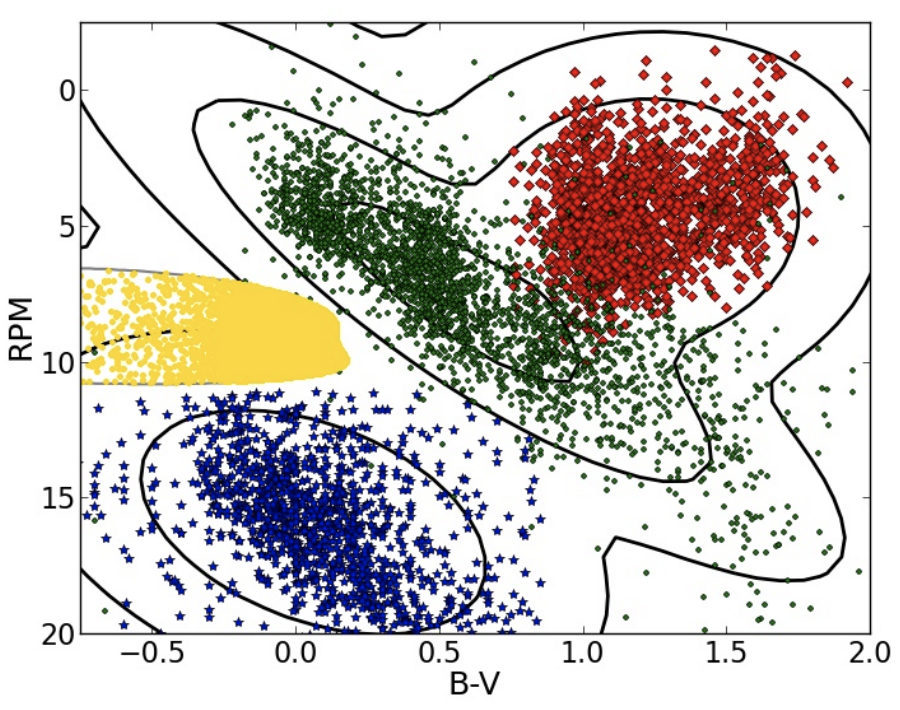 Machine learning based classifiers used to select hot subdwarf candidates for Evryscope. The black contours result
from training data from known giants (red diamonds), main sequence
stars (green circles), and white dwarfs (blue stars). The hot
subdwarf (HSD) candidates are
shown as the yellow grouping.
Machine learning based classifiers used to select hot subdwarf candidates for Evryscope. The black contours result
from training data from known giants (red diamonds), main sequence
stars (green circles), and white dwarfs (blue stars). The hot
subdwarf (HSD) candidates are
shown as the yellow grouping.
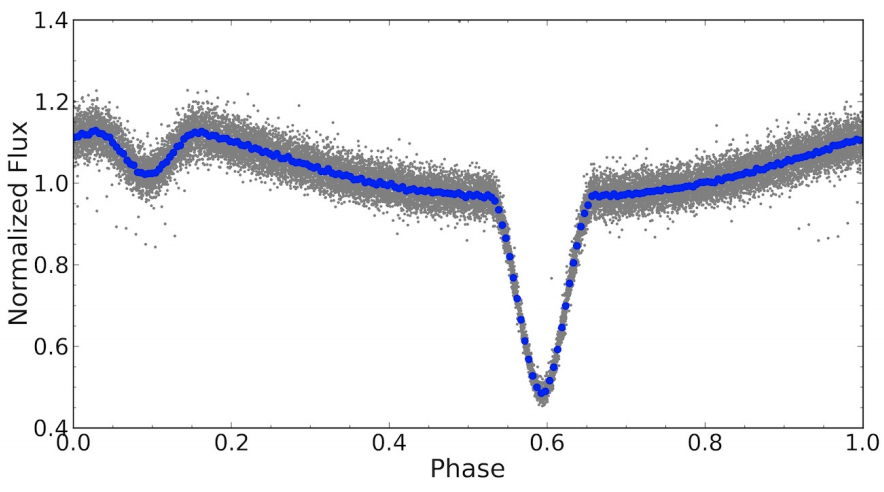 Phase-folded Evyrscope light curve of HW Vir, the prototype eclipsing sdB+dM binary.
Phase-folded Evyrscope light curve of HW Vir, the prototype eclipsing sdB+dM binary.
New Variable Hot Subdwarfs Identified from Gaia
Funded by NASA TESS GI
Relevant Works
 Normalized Gaia flux errors plotted against G magnitudes for all known hot subdwarf stars. Candidate variables show anomalously-high flux errors for their given magnitudes.
Normalized Gaia flux errors plotted against G magnitudes for all known hot subdwarf stars. Candidate variables show anomalously-high flux errors for their given magnitudes.

